Titanium dioxide exists in a
number of crystalline forms the most important of which are anatase and rutile.
Pure titanium
dioxide does not occur in nature but is derived from ilmenite or leuxocene
ores. It is also readily mined in one of the purest forms, rutile beach sand.
These ores are
the principal raw materials used in the manufacture of titanium dioxidepigment. The first step is to purify the ore, and is basically a refinement
step. Either the sulphate process, which uses sulphuric acid as an extraction
agent or the chloride process, which uses chlorine, may achieve this. After
purification the powders may be treated (coated) to enhance their performance
as pigments.
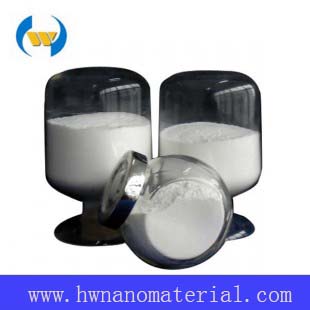
Application:
Applications for
sintered titania are limited by its relatively poor mechanical properties. It
does however find a number of electrical uses in sensors and electrocatalysis.
By far its most widely used application is as a pigment, where it is used in
powder form, exploiting its optical properties.
Pigments
The most
important function of titanium dioxide however is in powder form as a pigment
for providing whiteness and opacity to such products such as paints and
coatings (including glazes and enamels), plastics, paper, inks, fibres and food
and cosmetics.
Titanium dioxide
is by far the most widely used white pigment. Titania is very white and has a
very high refractive index – surpassed only by diamond. The refractive index
determines the opacity that the material confers to the matrix in which the
pigment is housed. Hence, with its high refractive index, relatively low levels
of titania pigment are required to achieve a white opaque coating.
The high refractive
index and bright white colour of titanium dioxide make it an effective
opacifier for pigments. The material is used as an opacifier in glass and
porcelain enamels, cosmetics, sunscreens, paper, and paints. One of the major
advantages of the material for exposed applications is its resistance to
discoloration under UV light.
Photocatalysis
Titania acts as a
photosensitiser for photovoltaic cells, and when used as an electrode coating
in photoelectrolysis cells can enhance the efficiency of electrolytic splitting
of water into hydrogen and oxygen.
Oxygen Sensors
Even in mildly
reducing atmospheres titania tends to lose oxygen and become sub
stoichiometric. In this form the material becomes a semiconductor and the
electrical resistivity of the material can be correlated to the oxygen content
of the atmosphere to which it is exposed.
Hence titania can be used to sense the amount of oxygen (or reducing
species) present in an atmosphere.
Antimicrobial
Coatings
The
photocatalytic activity of titania results in thin coatings of the material
exhibiting self cleaning and disinfecting properties under exposure to UV
radiation. These properties make the material a candidate for applications such
as medical devices, food preparation surfaces, air conditioning filters, and
sanitaryware surfaces.


 English
English français
français Deutsch
Deutsch русский
русский italiano
italiano español
español português
português 日本語
日本語 한국의
한국의 Türkçe
Türkçe

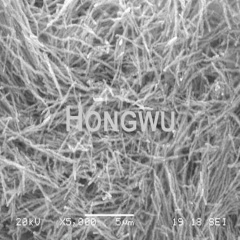
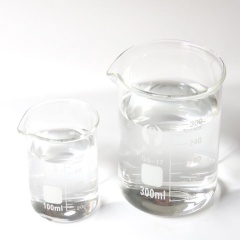
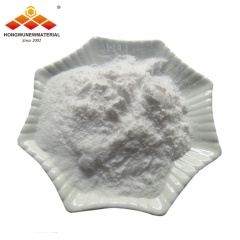
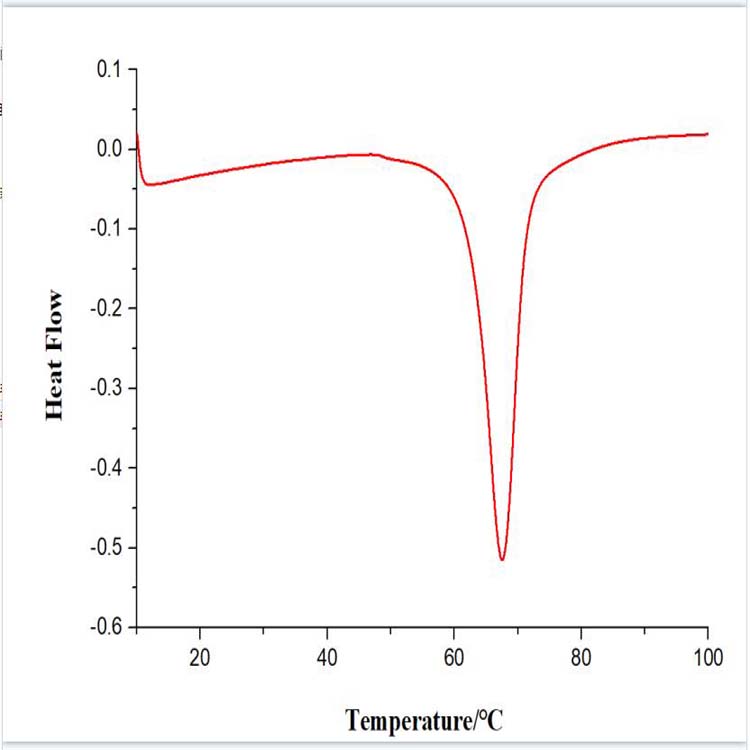













 8620-87226359,8620-87748917
8620-87226359,8620-87748917

